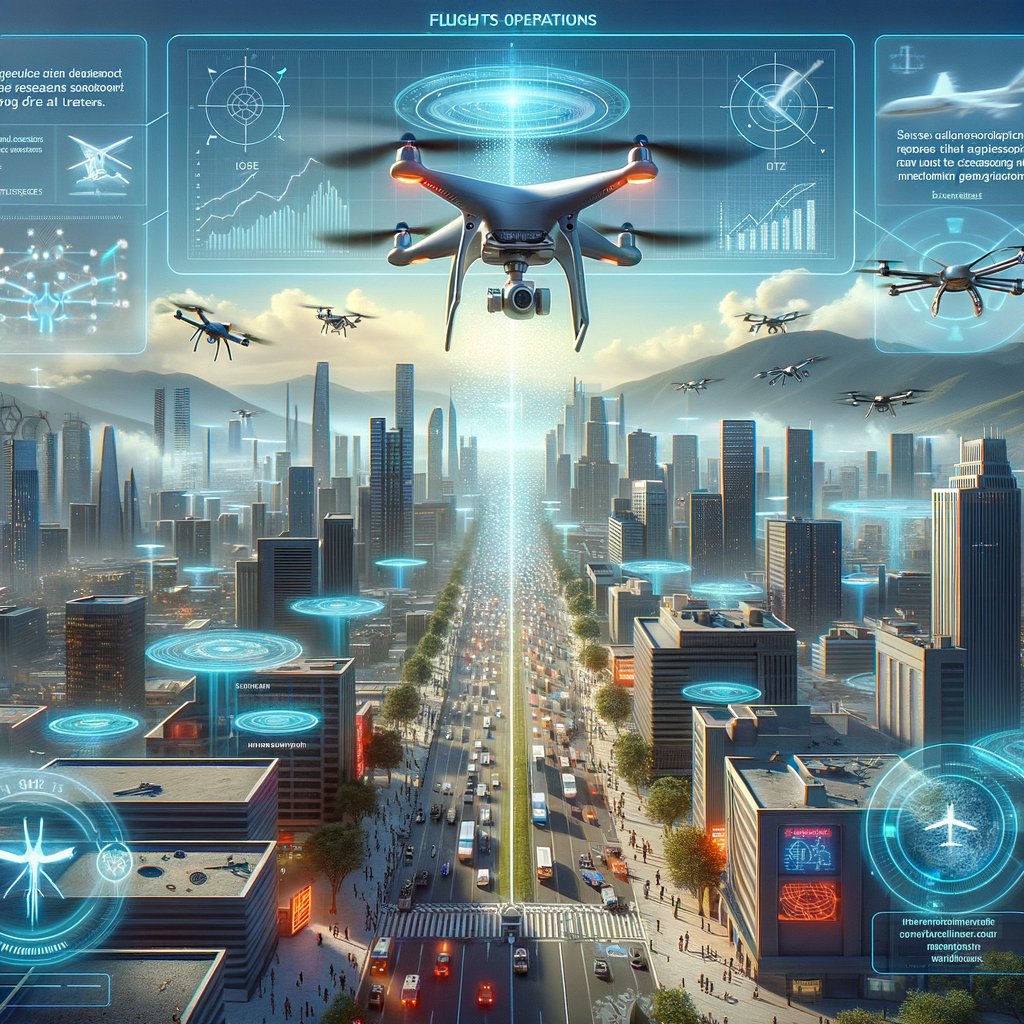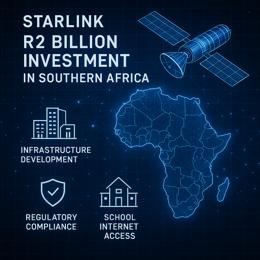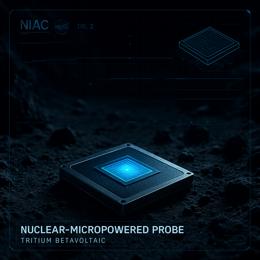Image created by AI
Revolutionizing Drone Flight: NASA Advances Beyond Visual Line of Sight Technology
The dawn of a new era in uncrewed aircraft systems (UAS) is upon us, as NASA spearheads the groundbreaking Uncrewed Aircraft Systems Traffic Management Beyond Visual Line of Sight (UTM BVLOS) project. This initiative promises to vastly extend the operational capabilities of drones, transforming how they serve society by supporting an array of activities from commercial deliveries to emergency response operations.
Traditionally, drone operations have been restricted to the visual line of sight of pilots, limiting them to a mere one mile from the operator. This restriction has kept the potential of drone technology on a tight leash, especially in the United States where the Federal Aviation Administration (FAA) mandates these rules. However, with NASA’s innovative UTM system, initially crafted at Ames Research Center in 2013, these limitations are set to be surpassed.
The UTM system utilizes a digital interface to share flight details among all users, enhancing the understanding of airspace activities and bolstering safety by helping to prevent in-air collisions. This platform, after proven successful in various controlled demonstrations, is now stepping into a broader stage where it will see real-world applications in more complex environments.
The significance of the UTM BVLOS is illuminated by its support for The FAA's initiative to authorize drone flights beyond traditional visual line of sight. In a leap toward regularizing beyond visual line of sight operations, NASA, in partnership with the FAA, industry stakeholders, and public safety operators, initiated a series of commercial drone operations in Dallas, Texas starting August 2024.
These operations in Dallas represent a critical phase in validating the UTM’s capabilities. During these flights, commercial drone operators employed the UTM-based infrastructure to execute and manage their flight paths, adhere to safety protocols, and engage in dynamic airspace sharing - all below 400 feet and away from crewed aircraft zones.
Such advancements in drone operations are not only expected to aid in commercial package deliveries but are also seen as pivotal for public safety missions. Applications range from rapid deployment in search and rescue missions to swift medical deliveries in critical times, providing a substantial impact on public health and safety.
Additionally, NASA is exploring the potential of UTM to facilitate emerging operations including remotely piloted air cargo and passenger air taxi services. These initiatives could further revolutionize transportation and logistical frameworks across various sectors.
The ongoing trials and developments also offer insights that NASA and the FAA will use to inform and refine the regulatory framework needed to safely and efficiently integrate these services into national airspace over the long term. As tests and applications expand across more communities, the UTM system is set to become a cornerstone of drone operations in the U.S., promising safer skies and more efficient services.
As we stand on the brink of this new technological dawn, the commitment of NASA, the FAA, and their partners to pushing the boundaries of drone operations symbolizes a critical step forward in our journey towards a more interconnected and technologically advanced future.










